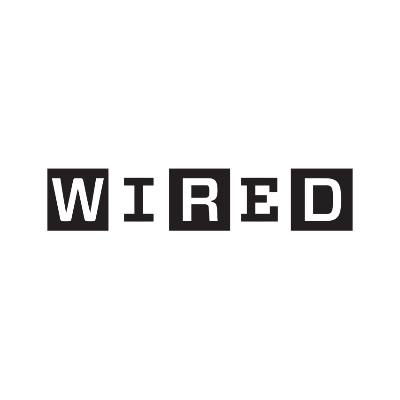ARTICLE
Some See Hope in Biofeedback for Attention Disorder
If a child at the Enrico Fermi School in Yonkers is found to have attention deficit disorder, parents can choose an unusual alternative to medication: neurofeedback, a computerized biofeedback system that some say strengthens the brain.










